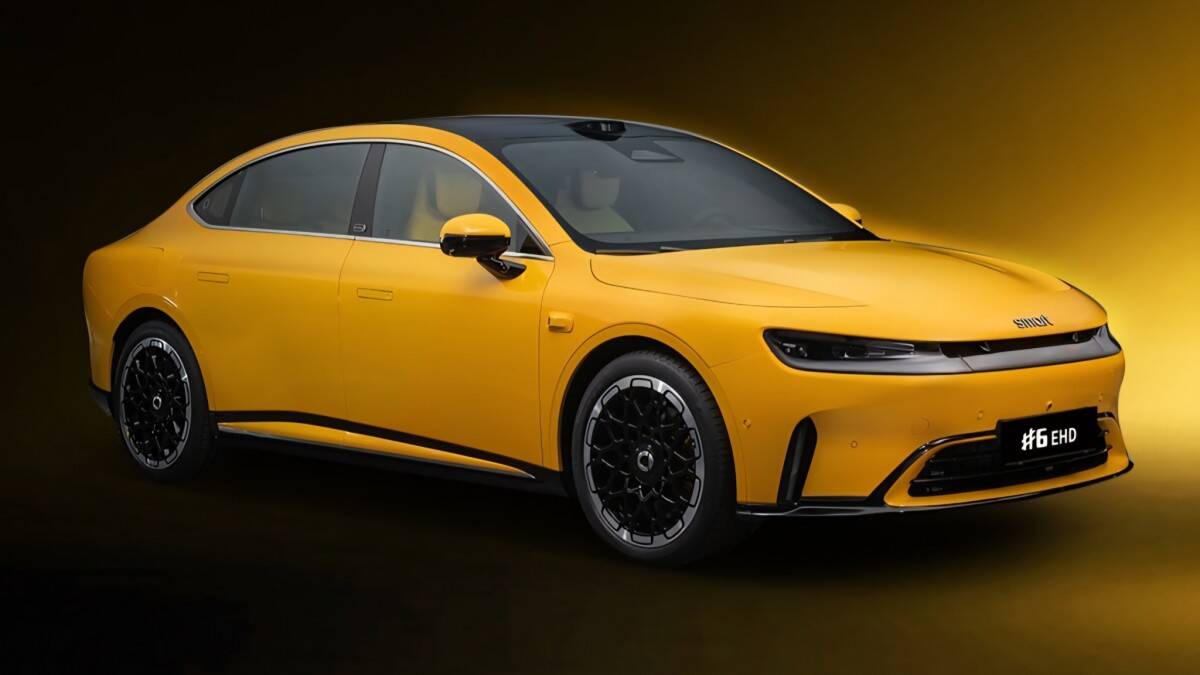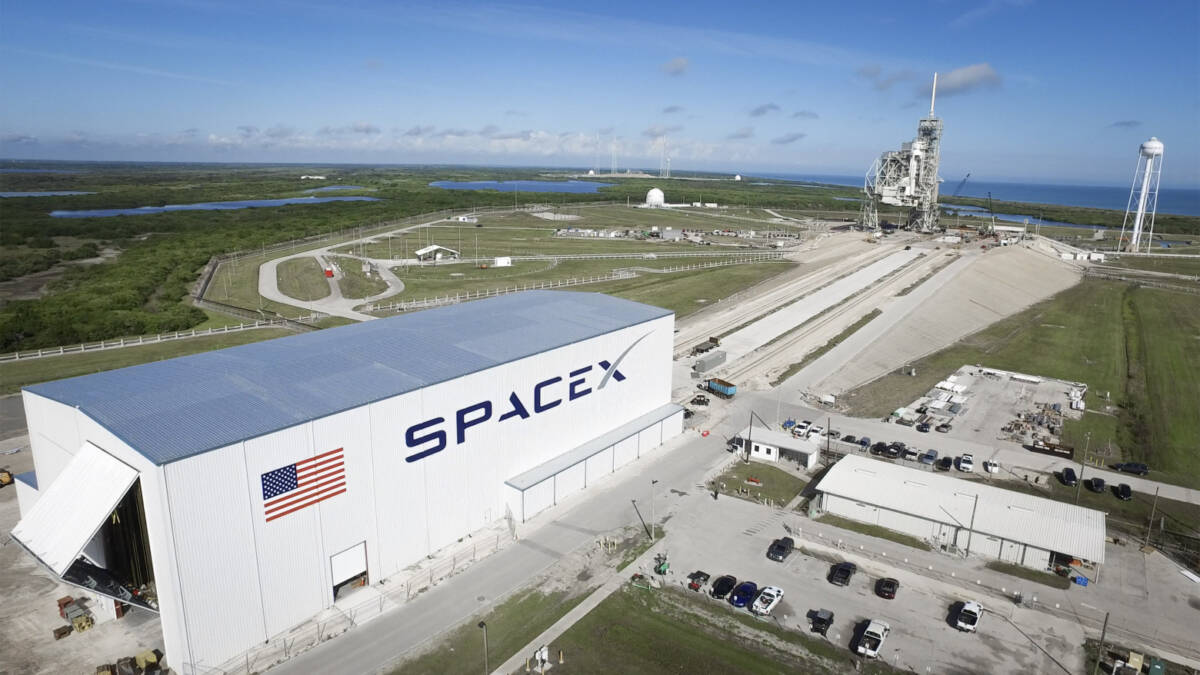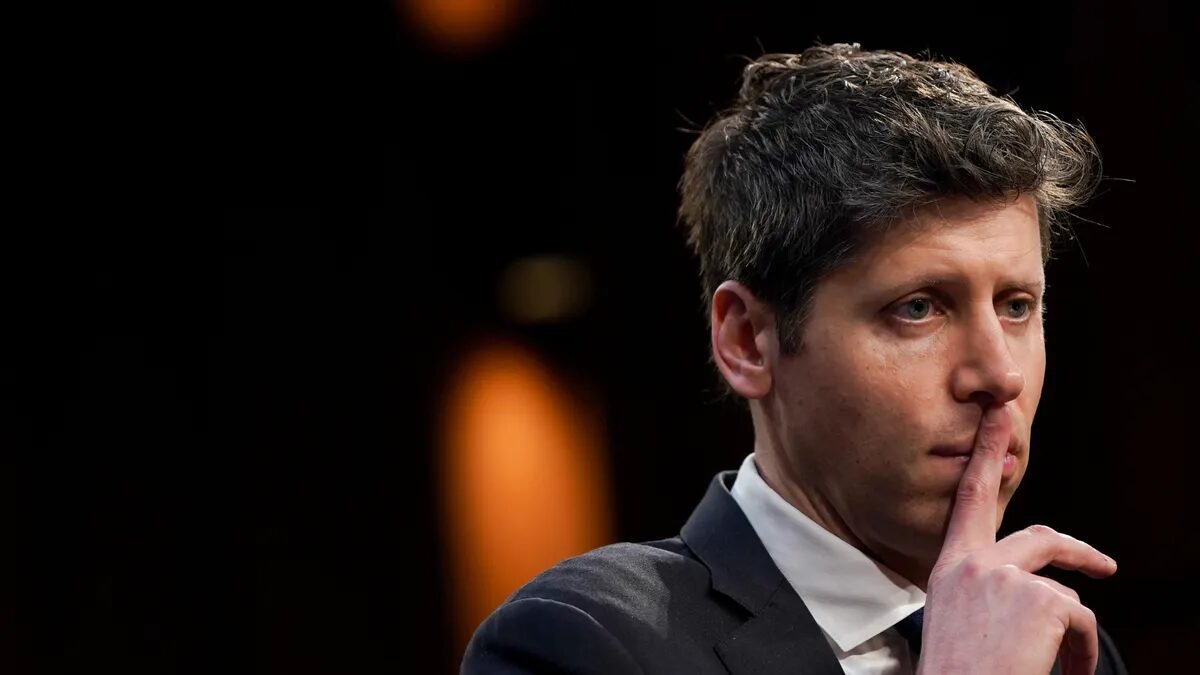U.S. allocates $3 billion for new battery projects
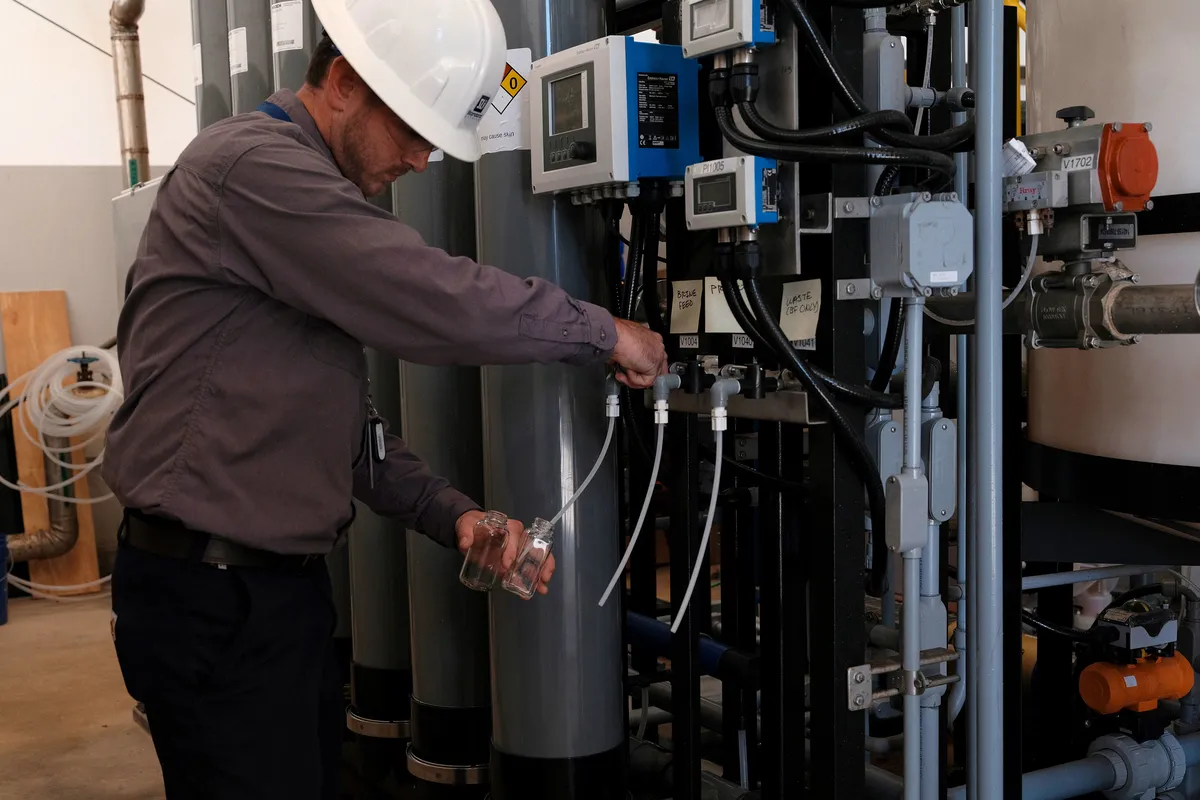
The U.S. Department of Energy (DOE) has announced plans to direct more than $3 billion to more than two dozen battery projects in 14 states. The funding will go toward recycling critical minerals, creating batteries and battery components, and recycling old batteries. It’s part of the Biden administration’s plan to increase domestic manufacturing to support climate goals. The funds are allocated as part of the bipartisan Infrastructure Act, passed in 2021.
Funds are being allocated as part of the Bipartisan Infrastructure Act of 2021.
Basic details of the funding
The Department of Energy has selected 25 projects that have been chosen to receive grants. However, before receiving the money, these projects must go through a negotiation process with DOE and complete an environmental assessment. The department expects the funding to create about 12,000 new jobs, of which 8,000 will be related to construction of the projects.
The department expects the funding to create about 12,000 new jobs, of which 8,000 will be related to the construction of the projects.
The Largest Lithium Projects
Two projects stand out among others because they are focused on extracting lithium from salt brines and will potentially receive the largest sums, up to $225 million each. One of those projects is a joint venture between Standard Lithium and Equinor in Lewisville, Arkansas. The project plans to produce up to 45,000 metric tons of lithium carbonate per year over two decades.
The project will produce up to 45,000 metric tons of lithium carbonate per year over two decades.
A second project led by TerraVolta Resources in the Texarkana region plans to produce up to 25,000 metric tons of lithium carbonate equivalent annually. That amount of lithium would be enough to produce about 500,000 electric vehicles, according to the Department of Energy.
According to the Department of Energy.
Support from the U.S. government
This is the second round of funding for the program, which is led by DOE’s Office of Energy Manufacturing and Supply Chain (MESC). The first round, announced in 2022, provided $1.82 billion for 14 projects related to materials and battery manufacturing.
The first round, announced in 2022, provided $1.82 billion for 14 projects related to materials and battery manufacturing.
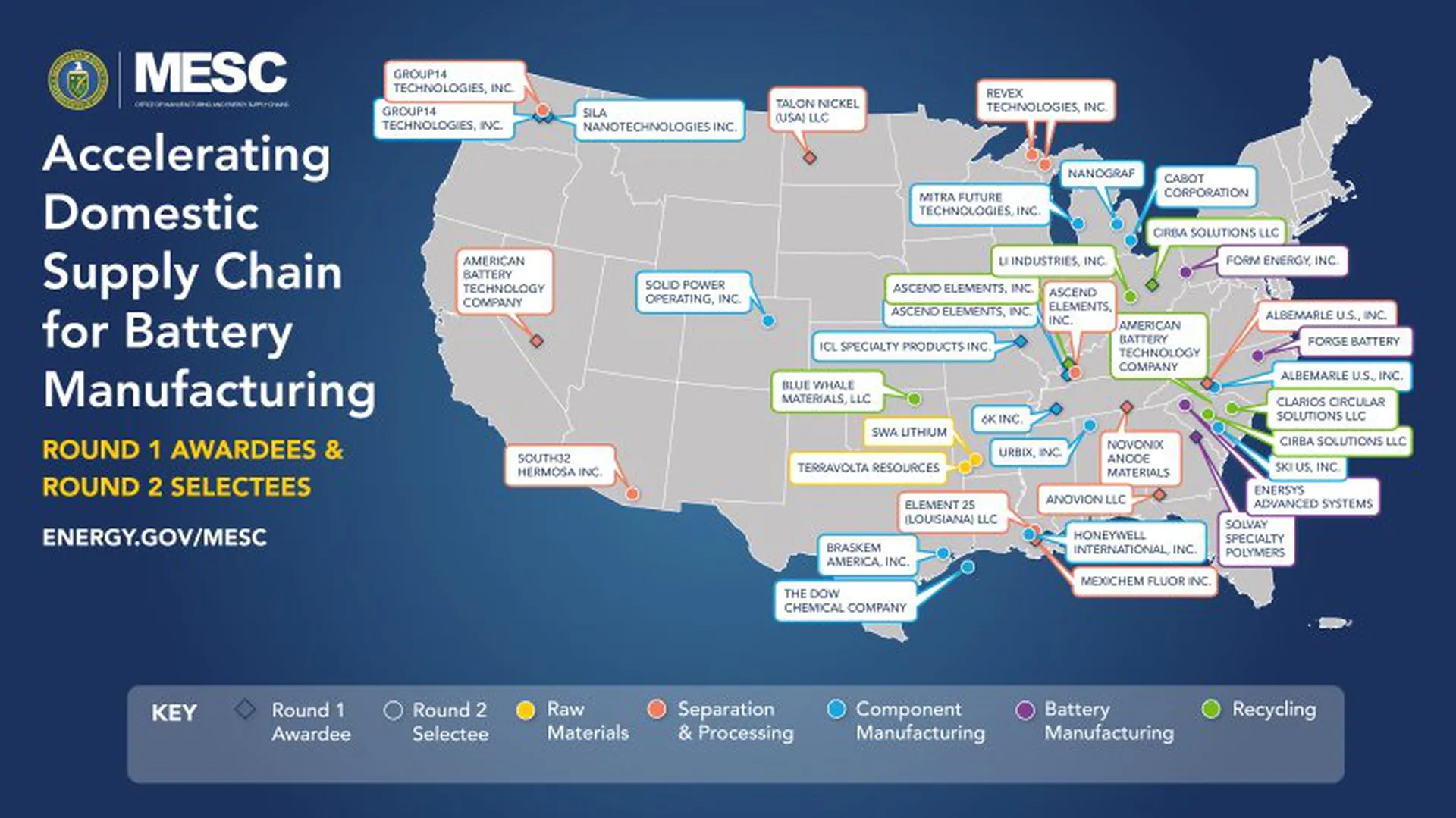
Demand for batteries is growing steadily as they are needed for electric vehicles and for storing energy from solar and wind farms. New battery manufacturing plants are being set up across the U.S., made possible by federal support in the form of grants, loans, and tax credits. Despite this, China continues to lead the world in battery manufacturing, with nearly 85% of the world’s battery cell capacity and the processing of most of the critical battery minerals.
China is the world’s largest producer of batteries.
Tariffs and tax incentives
The Biden administration recently raised tariffs on batteries and battery components from China from 7.5% to 25%. It also revised the tax credit for electric vehicles, now applying only to cars with batteries made in the U.S.
A tax credit for electric vehicles was also revised.



